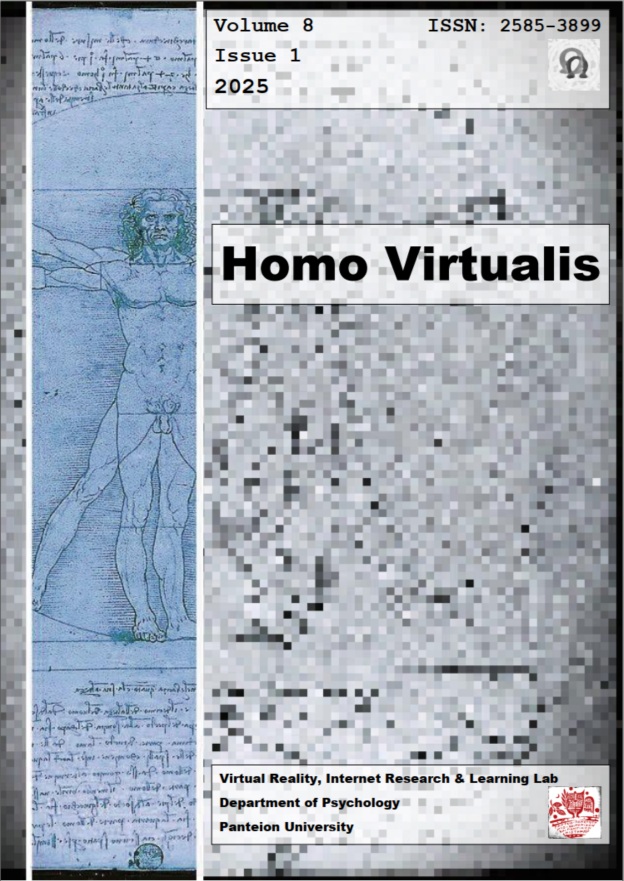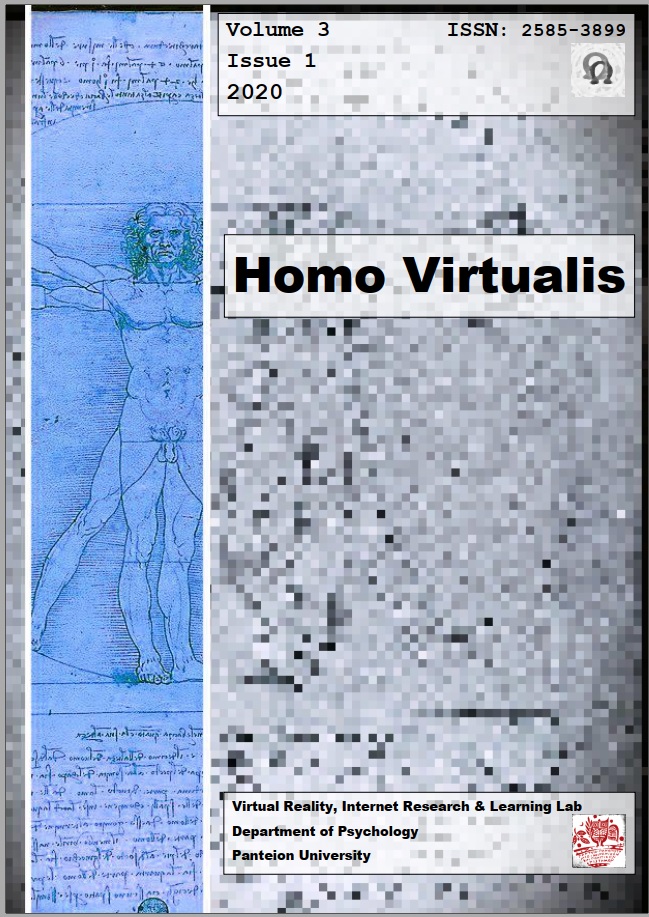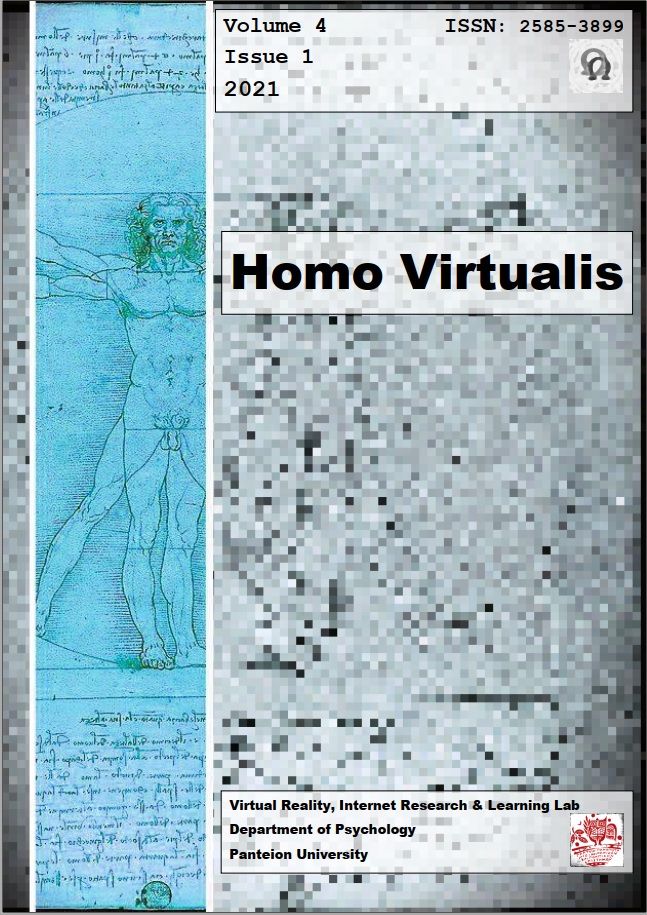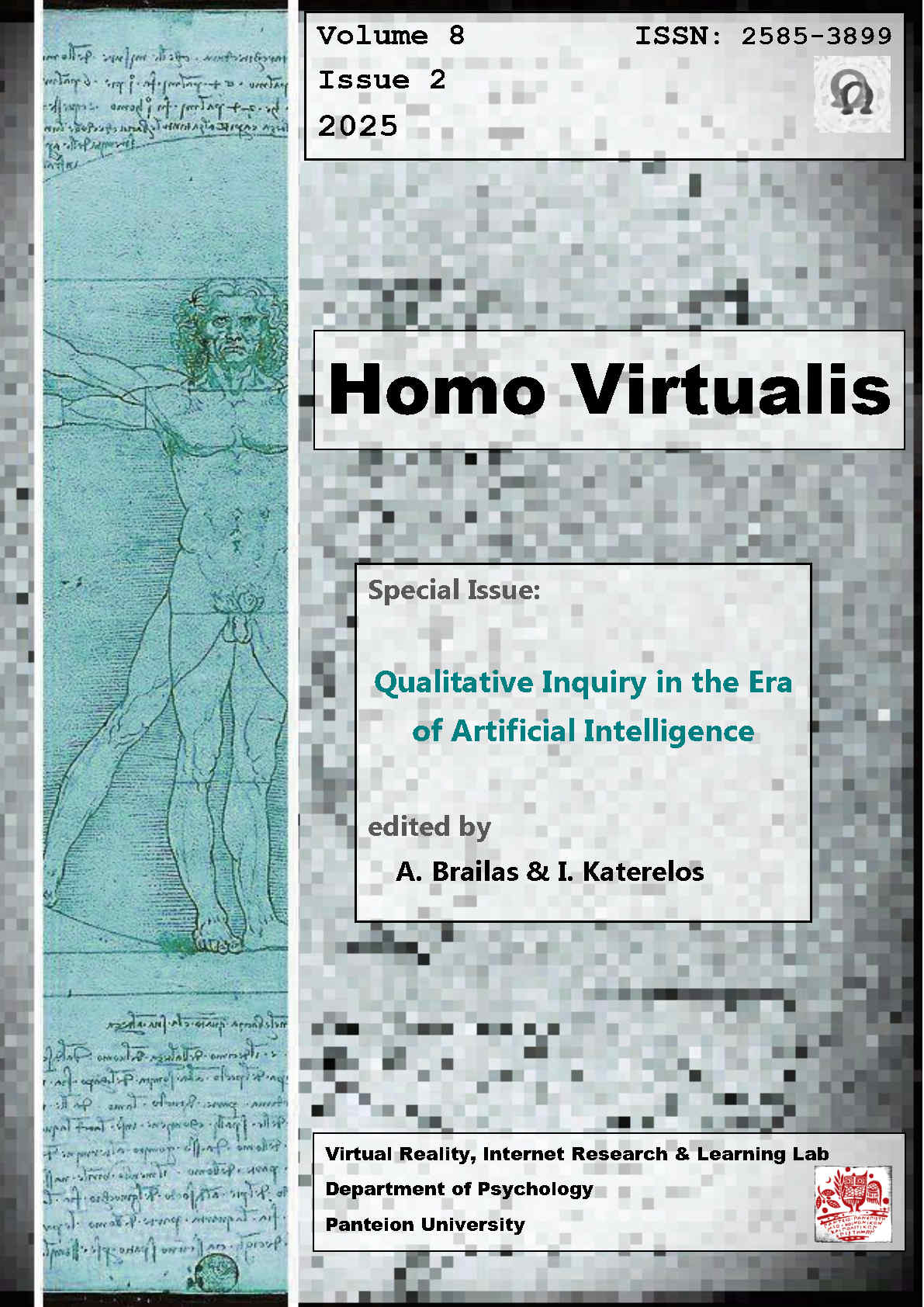Visual methods in psychological research: Developing an open-access set of images for qualitative and reflective work

Abstract
Implicity is an open-access collection of 55 Creative Commons and public domain images that can be used to facilitate reflective and imaginative engagement in psychological research, education, and related practices. Designed for their projective quality, these images, ranging from abstract compositions and artistic scenes to animals and natural landscapes, invite intuitive, non-verbal responses by activating the brain’s right hemisphere. This collection can support multimodal inquiry methods where participants might select an image that resonates with them and explore its symbolic meaning as a gateway to deeper insight. Such practices help surface unconscious or pre-verbalized aspects of experience, enriching qualitative interviews and reflective exercises. The technique can serve as an opening prompt or a closing ritual, blending intuitive reflection with narrative sense-making. Unlike proprietary card sets, Implicity offers a flexible, open-access alternative that can be used digitally or printed for in-person sessions. Furthermore, recent advances in interpersonal neurobiology clarify why visual methods in psychology are effective: they align with the relational and embodied nature of the mind, activate implicit memory, and support emotion regulation through right-hemisphere engagement. Practitioners are encouraged to adapt the set to their context, adding or removing images as needed. By providing an accessible, ready-to-use resource, Implicity empowers psychologists, educators, and qualitative researchers to integrate imaginative, right-brain processes into their work, enhancing depth, creativity, and participant engagement. The collection is freely available.
Article Details
- How to Cite
-
Brailas, A. (2025). Visual methods in psychological research: Developing an open-access set of images for qualitative and reflective work. Homo Virtualis, 8(1). https://doi.org/10.12681/homvir.43213
- Section
- Tutorials

This work is licensed under a Creative Commons Attribution 4.0 International License.
Authors who publish with this journal agree to the following terms:
· Authors retain copyright and grant the journal right of first publication with the work simultaneously licensed under a Creative Commons Attribution License that allows others to share the work with an acknowledgement of the work's authorship and initial publication in this journal.
· Authors are able to enter into separate, additional contractual arrangements for the non-exclusive distribution of the journal's published version of the work (e.g. post it to an institutional repository or publish it in a book), with an acknowledgement of its initial publication in this journal.
· Authors are permitted and encouraged to post their work online (preferably in institutional repositories or on their website) prior to and during the submission process, as it can lead to productive exchanges, as well as earlier and greater citation of published work.








